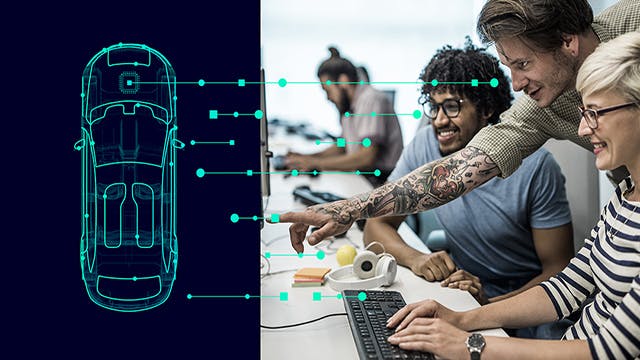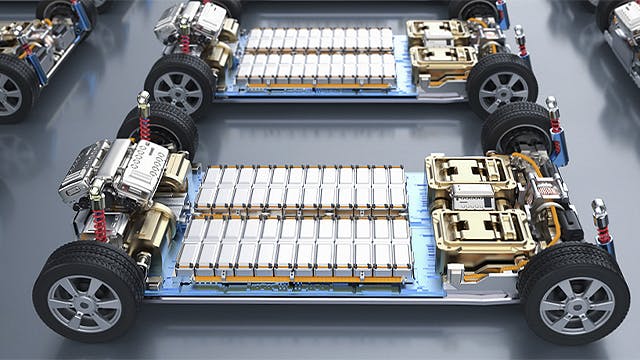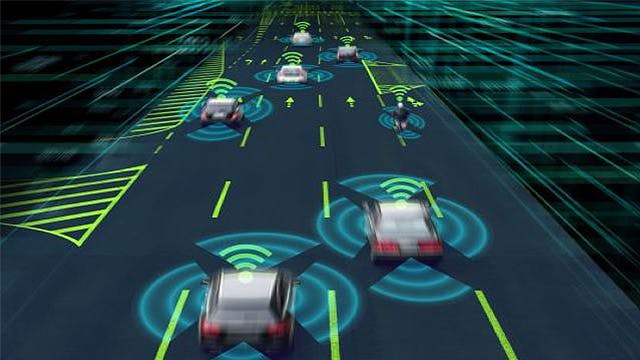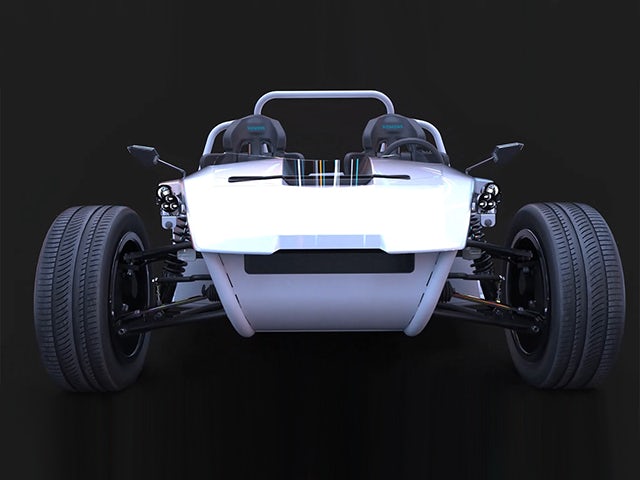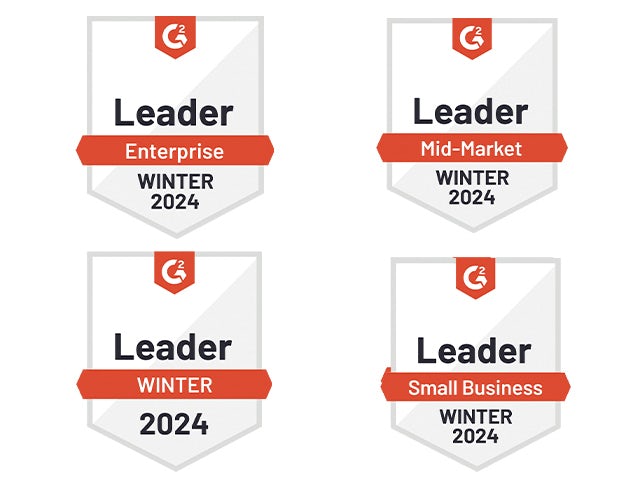Die Zeiten, in denen Automobil(system)tests an Prototypen durchgeführt wurden, sind lange vorbei. Heute hört die Entwicklung nicht am Ende des V-Zyklus auf. Stattdessen wird es in einer Unendlichkeitsschleife fortgesetzt, indem historische Daten, Testdaten und Daten von Fahrzeugen im Einsatz verwendet werden, um testbasierte Modelle zu erstellen, die die Beziehung zwischen Fahrzeugeigenschaften und seiner Leistung definieren.
Ein gutes Beispiel ist das modellbasierte Systemtesten (MBST). MBST ist ein Engineering-Framework, das drei Schlüssellösungen verwendet: virtuelle Modelle, virtuell-physische Systeme und physische Prototypen. Es nutzt Testdaten, um Simulationsmodelle zu erstellen, zu validieren und zu verbessern, identifiziert Wechselwirkungen durch XiL in verschiedenen Szenarien und reichert Testdaten mit Simulationsmodellen für physische Prototypen an. Hersteller, die MBST einsetzen, sind effizienter, schneller und vermeiden Fehler bei der Datenübertragung oder Nachbearbeitung.
Ein weiteres herausragendes Beispiel ist das virtuelle Prototyping. Virtuelles Prototyping ist eine effiziente Testmethode, die es ermöglicht, Alternativen zur Fahrzeugmontage zu erkunden, bevor physische Prototypen gebaut werden. Es befasst sich speziell mit der NVH-Leistung und verwendet komponentenbasierte Transferpfadanalyse (TPA), um verschiedene Designs schnell zu bewerten und Kosten zu sparen, indem Probleme frühzeitig erkannt und kontrolliert werden.

